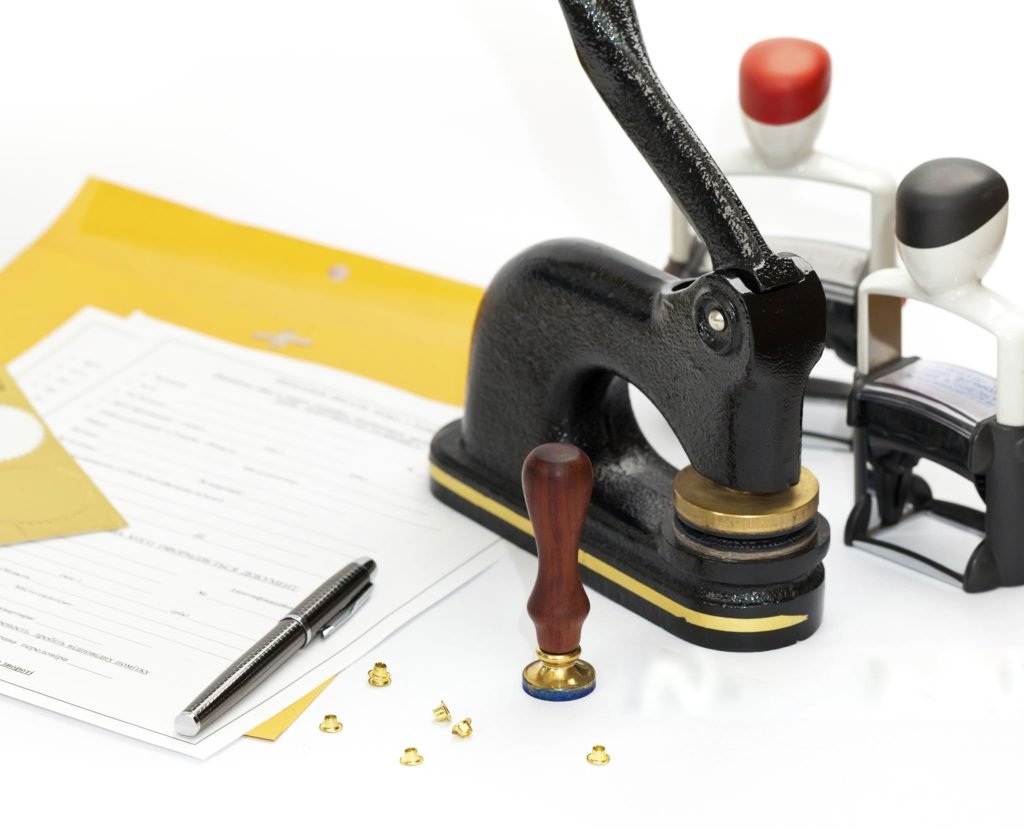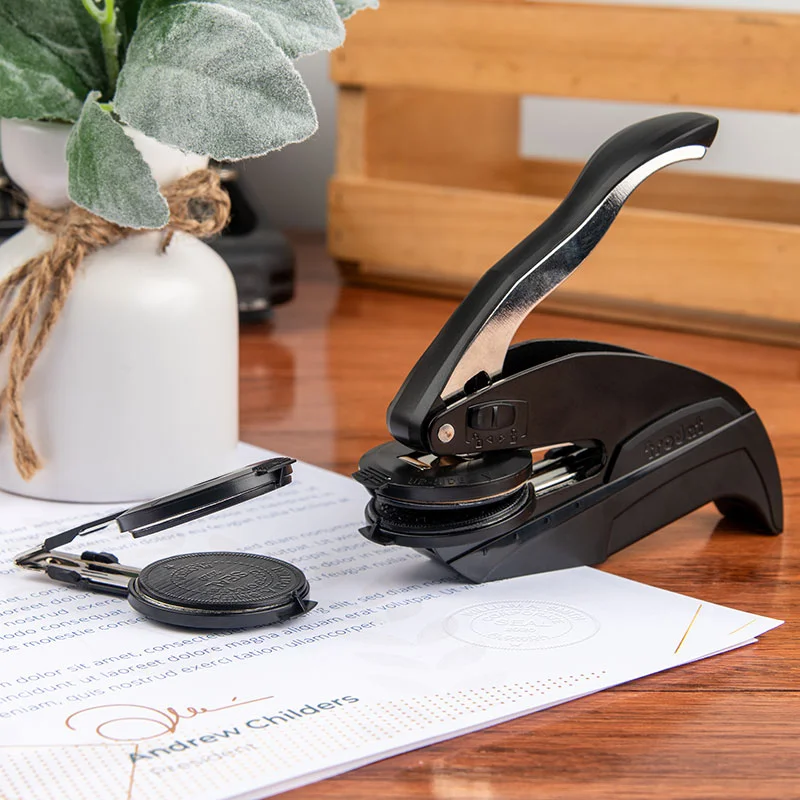Acme Signs and Prints | Best Business Signs & Graphics Company in Central Florida
Self-Inking vs. Pre-Inked Stamps: Which One Should You Choose?
When it comes to custom stamps, the choice between self-inking and pre-inked can be confusing. Both offer unique benefits, and the best option for you depends entirely on your needs. This guide will break down the key differences to help you make an informed decision for your business or personal use.


The Verdict: Which One Is Right for You?
Understanding the Differences
Choosing a notary stamp can feel overwhelming with all the options available. The best choice for you depends on what you value most: portability, convenience, or longevity. Let’s break down the three main types of notary stamps.
Self-Inking Notary Stamps
Self-inking stamps are a popular choice, and for good reason. The ink pad is built into the stamp’s mechanism. With a simple press, the stamp rotates to ink the die (the part with your information on it) and then presses down onto the paper.
Pros: They’re fast, clean, and a single ink pad can last for thousands of impressions.
Cons: They tend to be a little bulkier than other options.
Pre-Inked Notary Stamps
Pre-inked stamps have the ink already integrated directly into the die itself. Instead of a separate ink pad, the ink seeps through the die’s porous material to create the impression.
Pros: They create exceptionally sharp, crisp impressions and are often more compact. They’re also very quiet to use.
Cons: They can’t be re-inked as easily as self-inking stamps and may not last as long before needing a replacement.
So, which one should you choose?
If you primarily work at a desk and value speed and durability, a self-inking stamp is an excellent choice. If you want the sharpest impression and a quiet, compact tool, a pre-inked stamp is a great option. For notaries who are constantly traveling to appointments, a pocket stamp is the clear winner for its convenience and portability.
We are proud to partner with industry-leading brands like Trodat, Colop, and Shiny, ensuring you receive a stamp that is durable, reliable, and provides a professional impression every time. Learn more about Seals and notaries here

